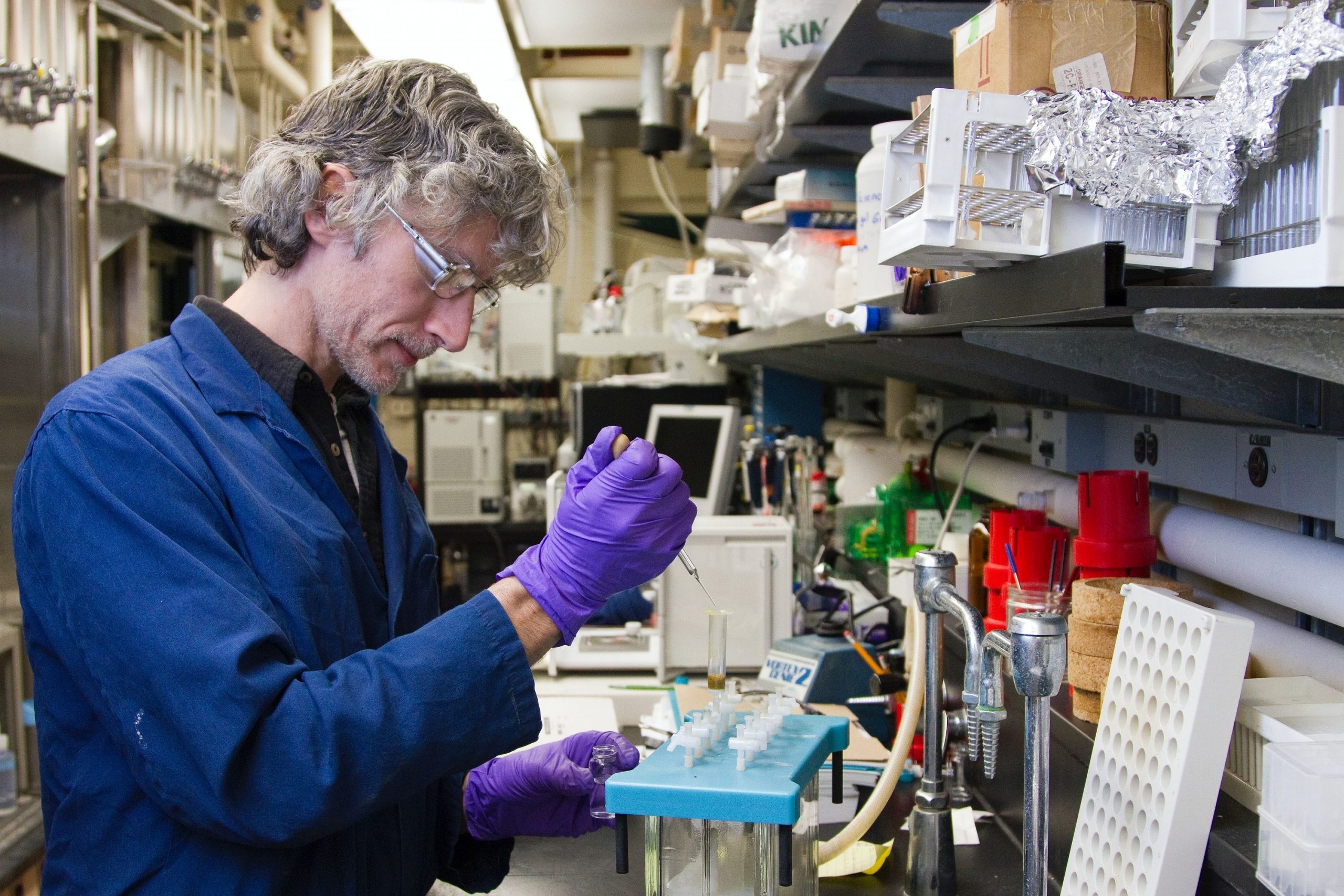Reports from China suggesting that plasma therapy was showing positive results in the treatment of COVID-19 patients finally bring hope for the researchers who have been toiling for a breakthrough since the first outbreak in Wuhan in late December 2019.
Two teams of scientists in separate studies have concluded that critically-ill patients can benefit after receiving blood plasma transfusion from people who have recovered (known as convalescent plasma) from the disease that has plagued the planet-killing 474,668 and infecting 9,202,605 more and counting.
The first study was done National Engineering Technology Research Center for Combined Vaccines (NETRCCV) in Wuhan, the ground zero of the infection, and the second in Shenzhen Third People’s hospital.
Though the studies are still in their initial stages, the US Food and Drug Administration (FDA) has already granted permission for facilitating access to convalescent plasma since there is no known cure or vaccine for Covid-19. The US is one of the worst affected countries with 64,018 deaths and 872,810 infections till April end.
This type of therapy is more than 100 years old and was used during the 1918 flu pandemic, a time when antiviral drugs and most vaccines did not exist, according to NBC News.
What is plasma therapy?
While recovering from a disease, patients produce antibodies that attack viruses. These antibodies, proteins that are secreted by immune cells known as B lymphocytes, are found in plasma.
This plasma, rich in antibodies, is then injected into other patients to stimulate and kick-start their immune system against that disease.
How is it done?
The researchers collect plasma — the liquid portion of blood that does not include blood cells or platelets — from recovered patients.
They then harvest antibodies against a particular disease from the plasma, and these antibodies are then injected into people sick with that disease, according to livescience.com.
Who can benefit?
The therapy could help protect frontline workers from infection, prevent patients from deteriorating, and improve the condition of those who are already severely ill.







